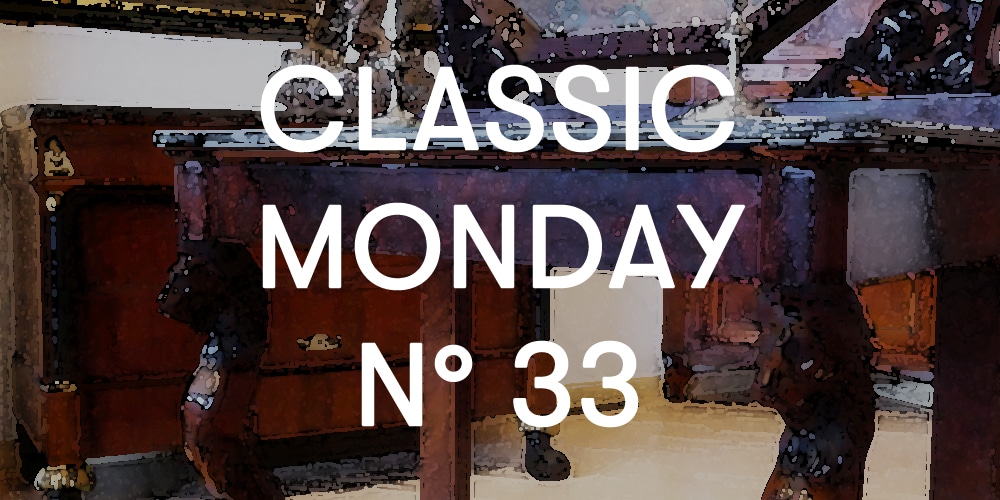
As we have already mentioned on several occasions, art is a mirror of the society in which it is produced. It is not unusual, therefore, that in particularly eventful periods, there is a sudden and substantial change in taste.
If sometimes this change is deliberate, as a distance from a previous fashion as an expression of a culture that one wants to avoid, in other cases the evolution is gradual and not expressly sought.
All these features are found within a few years, within the first half of the nineteenth century. Strong were the changes that had shaken Europe between the end of the eighteenth century and the beginning of the nineteenth century. The end of the monarchy French had sanctioned the end of the Ancien Régime and an entire era. The order of things that until then seemed stable and immutable was now distorted.

It is easy to understand how this must have had repercussions on the art and furniture of the time. What had been the Neoclassical style, an expression of Louis XVI taste, slowly changed.
The legs of the consoles, previously richly carved and inlaid, often shaped with collars that enliven the silhouette, become more rigid and simple. Little space is left to decoration, an expression of the pomp of the monarchy and the aristocracy, in favor of the rigidity typical of the Directory, which characterized the last decade of the eighteenth century and the very first years of the following one.
These martial forms, almost military, were maintained even in the most famous and most characteristic style of the first two decades of the nineteenth century: the Empire.
Manifestation of the homonymous political moment, the artistic production and, therefore, also of the furniture of this period, is a manifestation of the taste of Napoleon Bonaparte. Once again the cultural hegemony French is emphasized, with the widespread diffusion of this taste in all the territories subject to Napoleonic control. Certainly, in the production of those years there are points of conjunction with Neoclassicism. If the reference model is in fact always that of classical Roman art, representing the ancient imperial model par excellence, its application is resolved differently.
Classical antiquity is no longer taken as a model for vases and decorative festoons, but for its imposing and majestic forms.
If with Neoclassicism ancient art was recalled in foliaceous and floral carvings, with the Empire the coffers are transformed into real miniature architectures; The uprights consist of columns or semi-columns that support a drawer, almost as if it were the architrave of a temple.
The short duration of the Napoleonic Empire and the restoration of the old monarchies had to necessarily lead to a change in furniture.
Also in this case the style takes its name from the particular historical moment, the Restoration, to be later renamed with the name of the rulers of the moment, first Charles X and, later, Louis Philippe.
The transition is very gradual, but the change is now clearly perceptible. Against military rigidity, the forms begin to become more moved, both in the decoration and in the structure of the furniture itself.
With the Restoration, a certain structural linearity is maintained, but greater attention is paid to the decorative part.
Slowly phytomorphic motifs return that enliven the surface, characterized by a sinuosity that echoes the Rococo rocaille . The aristocracy and the newborn bourgeoisie want to be the bearers of a culture and, therefore, of a lighter style, which moves away from the austere climate that had characterized the previous years. If the Empire remains as an expression of power and elegance, the ruling classes still want to recall what had been the most glorious past, that they manifest that frivolous and light wealth that had distinguished the Ancien Regime in its golden age.

For an in-depth analysis of the stylistic transformation of furniture, continue to follow us on our Youtube channel Di Mano in Mano.
Our expert Enrico Sala, will lead us to discover these changes through the presentation of some of our products.













